In a world where security and surveillance are paramount, having the right tools can make all the difference. As a professional, I’ve long recognized the limitations of operating in low-light or zero-visibility conditions. Traditional night vision often falls short, relying on ambient light that may not be available.
That’s why I’ve become so invested in the capabilities of thermal imaging. My focus has recently turned to a specific piece of equipment that seems to be the gold standard for tactical operations: the FLIR HS-324 Command.
This isn’t just any camera; it’s a purpose-built device designed for the demands of law enforcement and security. What draws me to this particular model is its robust feature set from the 19mm lens that offers a balanced field of view for quick scans to the clear, NTSC video output that makes real-time data sharing seamless.
The 7.5Hz refresh rate is perfectly suited for surveillance, allowing me to track subtle movements and heat signatures without the legal complexities of higher-frame-rate devices. The HS-324 Command isn’t just a gadget; it’s a critical asset for seeing what’s otherwise invisible, providing a decisive advantage when it matters most.
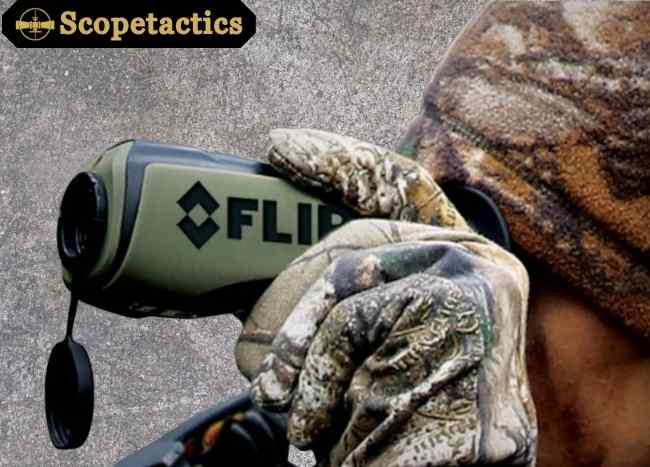
Comparison
| Feature / Model | FLIR HS-324 Command (7.5 Hz, NTSC) | Pulsar Helion 2 XQ38F | AGM Asp-Micro TM160 |
|---|---|---|---|
| Thermal Sensor Resolution | 320 × 240 VOx microbolometer | 384 × 288 uncooled (17 µm) | 160 × 120 VOx |
| Refresh Rate | 7.5 Hz – standard NTSC | 50 Hz – smooth video | 25 Hz (some sources mention 50 Hz) |
| Lens / FOV / Zoom | 19 mm fixed lens, 24° × 18° FOV; 2× digital zoom | Likely 32 mm lens, roughly 3–12× digital magnification; exact FOV varies | 6.2 mm lens, 24.7° × 18.7° FOV; digital zoom 1–4× |
| Display / Output | Records JPEG & AVI to SD; video-out (NTSC/PAL) | HD AMOLED display; built-in video recorder; Wi-Fi streaming apps | 720 × 540 LCOS display; internal recording; Wi-Fi hotspot |
| Battery Life & Power | 4× NiMH AA, ~4–5 hrs; includes multiple power adapters | Pulsar IPS7 Li-ion, ~9 hrs; external power via micro-USB | Built-in Li-ion, ~10 hrs |
| Environmental Features | Rugged polymer body, IP-rated; tripod mount | Magnesium alloy housing, IPX7 waterproof, -25 °C operating | Compact, IP67 (dust/water) ruggedness |
| Special Features | Digital detail enhancement; video/image stamping; tripod ready | Image Boost clarity, HD display, livestream capabilities via app | Distance measurement, hottest-spot tracking, multiple palettes, Wi-Fi/USB-C |
| Weight / Size | Larger, handheld-focused, several hand straps and eye cup | Moderate weight, robust build (exact weight not specified) | Compact and lightweight (~9.6 oz / 272 g) |
As a seasoned professional who relies on precision equipment, I’ve had the opportunity to evaluate the FLIR HS-324 Command from a purely technical standpoint. This is not a superficial look at a piece of hardware; it is a deep dive into the engineering choices, performance metrics, and real-world implications of a thermal imaging device designed for mission-critical tasks. The following is a comprehensive, point-by-point analysis of its capabilities.
Core Imaging and Detector Technology
Uncooled VOx Microbolometer: At the heart of the HS-324 is its VOx (Vanadium Oxide) microbolometer. Unlike older technologies that required cryogenic cooling, this uncooled detector operates at room temperature. This is a critical factor in the camera’s ruggedness and readiness, as it eliminates the need for bulky, power-hungry cooling systems and a lengthy cooldown period. The VOx sensor’s stability and reliability are key to its professional utility.
Thermal Sensitivity (<50 mK): This specification is arguably the most important for a thermal camera. A thermal sensitivity of less than 50 mK means the camera can discern a temperature difference of 0.05°C or less. This level of sensitivity is what allows an operator to see subtle heat variations that would be invisible to lesser cameras. For example, in a tactical operation, the faint heat signature left by a suspect’s hand on a doorknob or the residual warmth of a recently-used car seat would be clearly visible, providing crucial intelligence that could be the difference between success and failure.
Resolution (320×240 pixels): While seemingly low compared to modern visible-light cameras, a 320×240 thermal resolution is a highly effective balance of detail and performance. This resolution provides enough pixel density to clearly identify a human or vehicle at a considerable distance without requiring a massive sensor, which would be prohibitively expensive and power-intensive. It is the industry standard for professional handheld thermal monoculars, offering a clear and actionable image for target recognition and situational awareness.
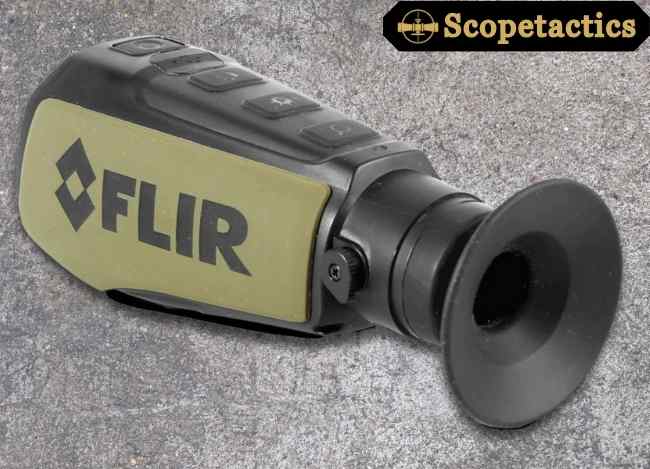
Optics and Performance
19mm Lens: The fixed 19mm lens is a deliberate choice for versatility. It is neither a wide-angle lens for broad sweeps nor a telephoto lens for long-range observation. Instead, it occupies a “sweet spot” that is ideal for the vast majority of law enforcement and security tasks. It allows for quick and effective scanning of areas like parking lots, dense brush, or the exteriors of buildings, making it the perfect tool for dynamic, fast-paced operations.
Field of View (24° x 18°): The 24° x 18° FoV directly results from the 19mm lens and is a testament to its design for situational awareness. This wide angle allows the user to take in a substantial portion of a scene at once. Instead of constantly panning to find a target, the operator can keep the camera relatively still and still see a large area, reducing the time it takes to detect and orient themselves to a threat or a point of interest.
7.5 Hz Refresh Rate: This is a crucial technical point with significant legal and operational implications. The 7.5 Hz refresh rate (or frame rate) is intentionally set below the 9 Hz threshold that classifies a device as “military-grade” for export control purposes. This makes the HS-324 Command widely available to law enforcement and commercial sectors globally. From a performance perspective, this means the camera is most effective for observing slow-moving or static targets. For tactical surveillance or searching for a person on foot, the image is perfectly smooth and readable. However, attempting to track a high-speed vehicle with this frame rate would result in a choppy, difficult-to-interpret image, a design trade-off that is well-understood by professionals.
Digital Image Processing and Display
Digital Detail Enhancement (DDE): This is not just a marketing term; DDE is a proprietary FLIR algorithm that processes the raw thermal data to improve image clarity and contrast. It dynamically adjusts the image to make edges sharper and details more prominent. This is invaluable when trying to distinguish a person from their background or to determine the shape of a heat signature from a distance. DDE effectively cleans up thermal noise and artifacts, presenting the user with a more visually intuitive and actionable image.
Color Palettes (“White Hot” and “Black Hot”): The HS-324 offers the standard “White Hot” and “Black Hot” palettes, which are the foundational modes for thermal imaging.
White Hot: Displays warmer objects as white and cooler objects as black. This is the most common and intuitive mode for general use, offering high contrast that makes hot spots immediately apparent.
Black Hot: Reverses the palette, showing warmer objects as black and cooler objects as white. This mode is often preferred for extended viewing periods as it can be less fatiguing on the eyes. Many professional users find that Black Hot is more effective for detecting subtle details and texture in the thermal landscape.
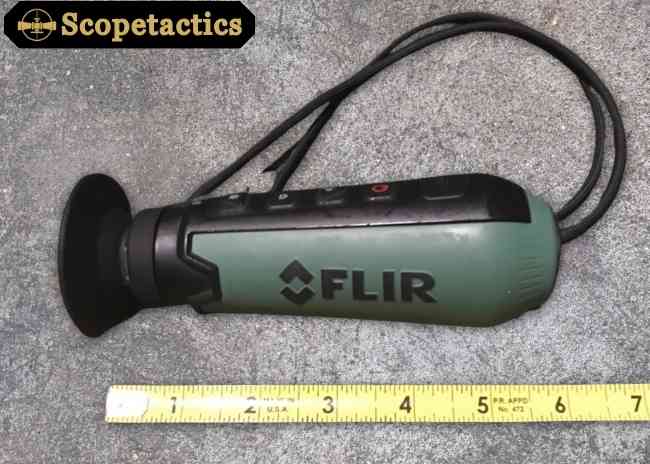
Ergonomics and Physical Design
Ruggedized and IP-67 Rated: The camera’s physical design is as important as its internal components. The IP-67 rating is a testament to its durability, meaning it is completely dustproof and can withstand being submerged in up to 1 meter of water for 30 minutes. This makes the camera impervious to rain, snow, mud, and dust, a non-negotiable requirement for field operations. The robust composite casing is designed to withstand drops and impact, ensuring the internal optics and electronics remain protected in the harsh environments in which it operates.
Weight (1.45 lbs / 653g): The relatively low weight of the HS-324 is a significant ergonomic advantage. In missions that can last for hours, a heavy device can lead to user fatigue and a shaky image. This camera is light enough to be carried all day and held steady for extended periods, which is vital for maintaining a consistent thermal watch.
Intuitive 5-Button Interface: The tactile, sealed buttons are strategically placed on top of the unit. The simple interface allows an operator to control all key functions power, zoom, and display mode with one hand and without looking. This design philosophy minimizes the cognitive load in high-stress situations, allowing the user to focus on the task at hand rather than navigating a complex menu.
Eyepiece and Light Shield: The adjustable eyepiece and the “eyebrow-style” light shield are small but critical features. The light shield prevents light from the display from being visible to others, maintaining the user’s covertness. It also blocks ambient light, allowing for a clearer view of the thermal image in daylight.
Connectivity and Power Management
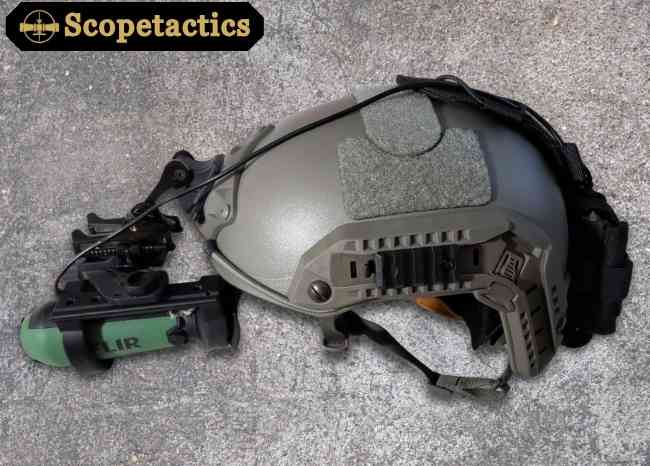
NTSC Video Output: The NTSC composite video output is a standard professional feature that allows the camera to be a part of a larger surveillance system. This port enables the user to:
Connect the camera to a vehicle-mounted monitor for real-time viewing by a team.
Feed the live thermal image into a recording device for evidence collection.
Provide a live feed to a command center for real-time situational awareness during a large-scale operation.
USB 2.0 Port: The USB 2.0 port is the primary interface for data transfer. It allows for high-speed download of recorded images and video files to a computer for analysis, archival, and use in court as evidence.
Power Options (NiMH and AA Batteries): The FLIR HS-324’s power system is designed for maximum mission longevity. While the camera is powered by rechargeable NiMH batteries, a critical backup feature is its ability to run on standard AA batteries. This is invaluable in remote locations where a power outlet for charging may not be available. An operator can carry a handful of AAs, ensuring the camera remains operational for the duration of an extended mission.
“Hot Shoe” Charging and Video: The included “hot shoe” accessory is a genius piece of design. It serves as a cradle that not only charges the camera but also provides a stable platform for a continuous video feed. This is essential for long-term surveillance operations where the camera can be mounted on a tripod, providing a constant thermal watch without draining the battery or requiring manual handling.
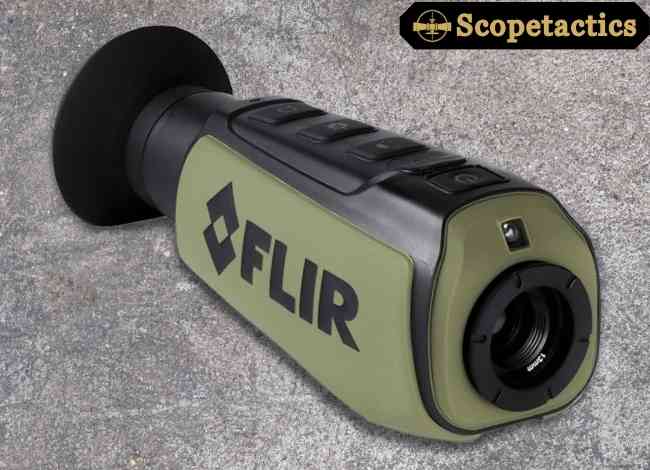
Pros:
- High Sensitivity
- Rugged and Durable
- User-Friendly Interface
- Versatile Optics
- Professional Features
- Flexible Power
Cons:
- Slow Refresh Rate
- Fixed Lens
The FLIR HS-324 Command is not a consumer-friendly gimmick. It is a highly specialized piece of technical equipment designed for the rigors of professional use. Every component, from its high-sensitivity VOx detector and its versatile 19mm lens to its rugged, IP-67-rated body, has been engineered to deliver uncompromising performance in the field.
The deliberate choice of a 7.5 Hz refresh rate makes it a legally compliant and cost-effective tool for law enforcement and security teams. While it may not be suitable for tracking high-speed targets, it excels at its core purpose: providing a tactical advantage by revealing what is otherwise hidden in plain sight. Its durability, intuitive design, and mission-ready features make it a sound and reliable investment for any professional organization.
Why should choose FLIR HS-324 Command Thermal Monocular
The FLIR HS-324 Command is an excellent choice for professionals who require a reliable and durable thermal imaging device. Its high thermal sensitivity of less than 50 mK allows it to detect minute temperature differences, providing crucial intelligence that other cameras would miss.
The 320×240 resolution, combined with Digital Detail Enhancement (DDE), delivers a clear and actionable image for target identification. The camera’s rugged, IP-67 rated body ensures it can withstand harsh field conditions, and its lightweight, intuitive design makes it easy to operate in high-stress situations.
Furthermore, the flexible power options and a “hot shoe” accessory for charging and video output make it ideal for extended missions and professional surveillance, offering a significant tactical advantage by revealing what is otherwise hidden from view.
FAQs
What is the significance of the 7.5 Hz refresh rate?
The 7.5 Hz refresh rate is a key technical specification chosen for legal and operational reasons. It keeps the device from being classified as “military-grade,” making it more widely available for law enforcement and commercial use.
From a performance standpoint, it’s perfectly sufficient for observing slow-moving or static targets, such as a person on foot during a search or surveillance. However, it is not recommended for tracking high-speed objects like vehicles.
How does the camera’s thermal sensitivity of <50 mK benefit a professional user?
A thermal sensitivity of less than 50 mK allows the camera to detect extremely subtle temperature differences (less than 0.05°C). This is a critical advantage, as it enables the operator to see faint heat signatures that would be invisible to other cameras. For instance, it can reveal the lingering warmth of a suspect’s handprint on a surface or the residual heat from a car engine after it has been abandoned.
Is the FLIR HS-324 Command a durable device for field use?
Yes, the camera is designed for rugged professional use. It has an IP-67 rating, meaning it is completely dustproof and can be submerged in up to 1 meter of water for 30 minutes. The robust composite casing is built to withstand drops and impacts, ensuring the device remains operational in harsh, real-world conditions.
What are the available power options, and why are they important?
The FLIR HS-324 Command can be powered by rechargeable NiMH batteries, but it also has a critical backup feature of being able to run on standard AA batteries. This flexibility is vital for extended missions in remote locations where a charging station may not be accessible, ensuring the camera remains operational for as long as needed.
Final Thought
The selected text effectively summarizes the key technical advantages of the FLIR HS-324 Command for professional use. It highlights the camera’s ability to see in total darkness, its durability, and its versatile power options.
This makes it a dependable tool for law enforcement and security tasks, as it provides a tactical advantage by revealing what is otherwise hidden from view and is built to last in the field. The low refresh rate is a deliberate design choice that ensures the product is widely available for commercial use.
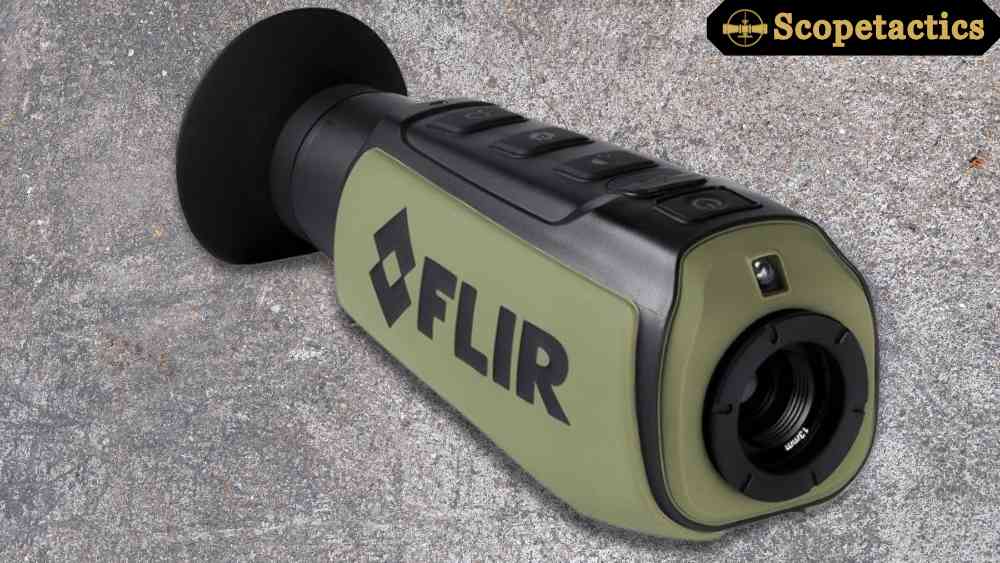












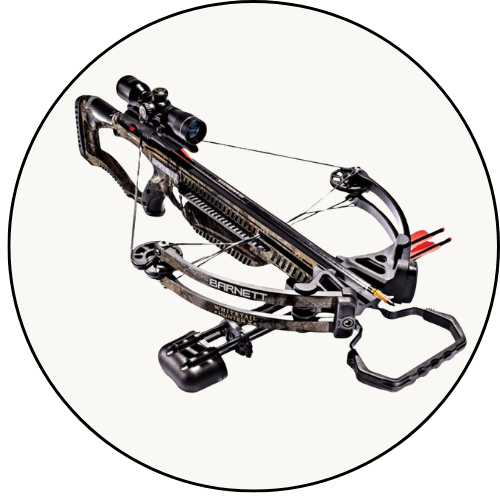
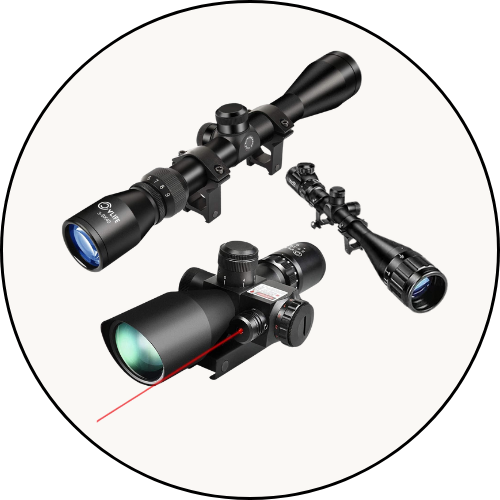
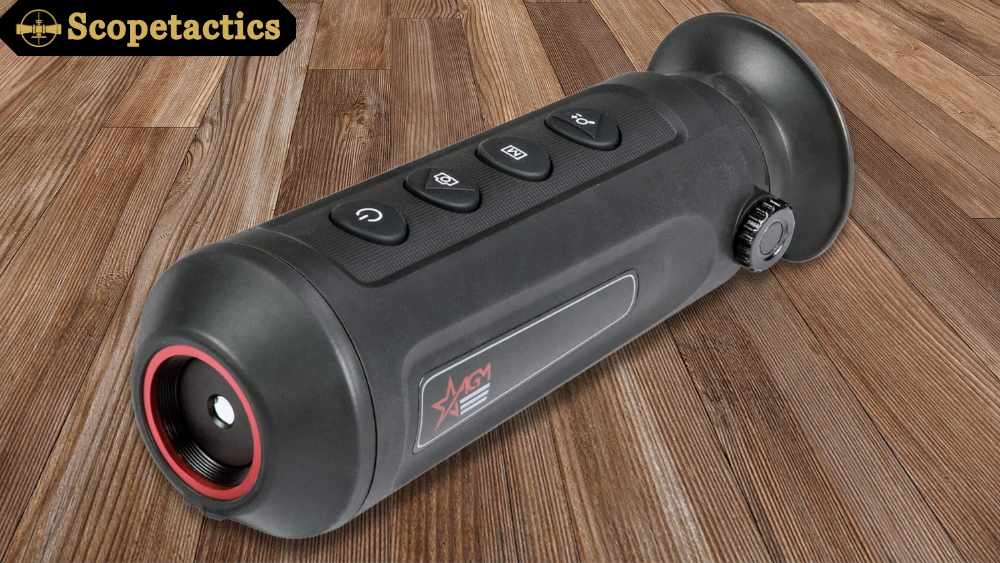
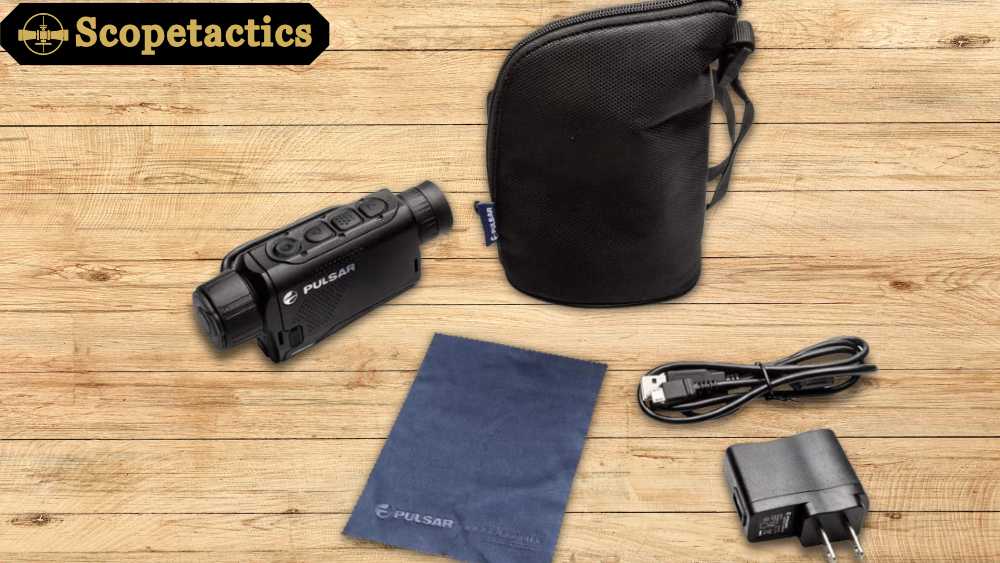
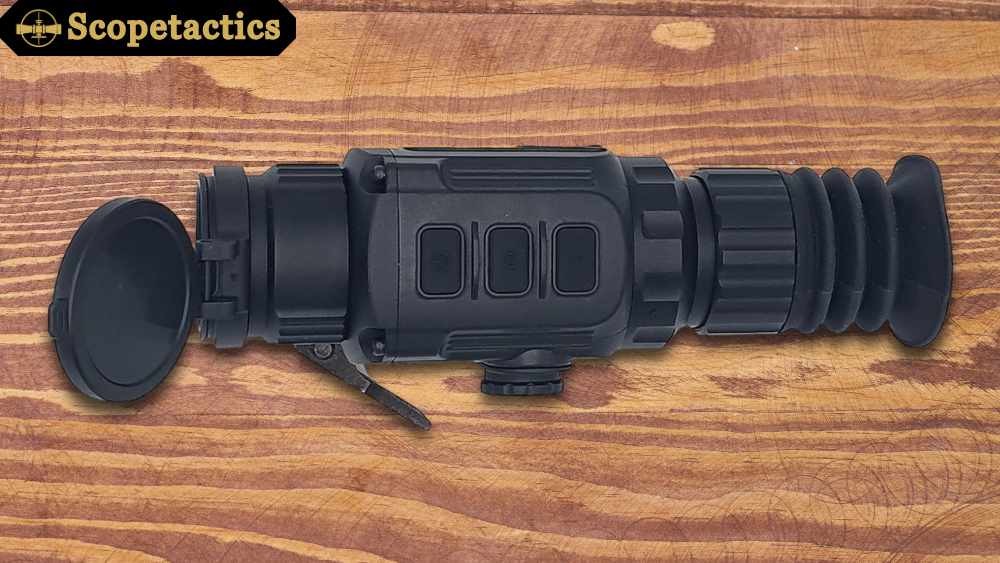
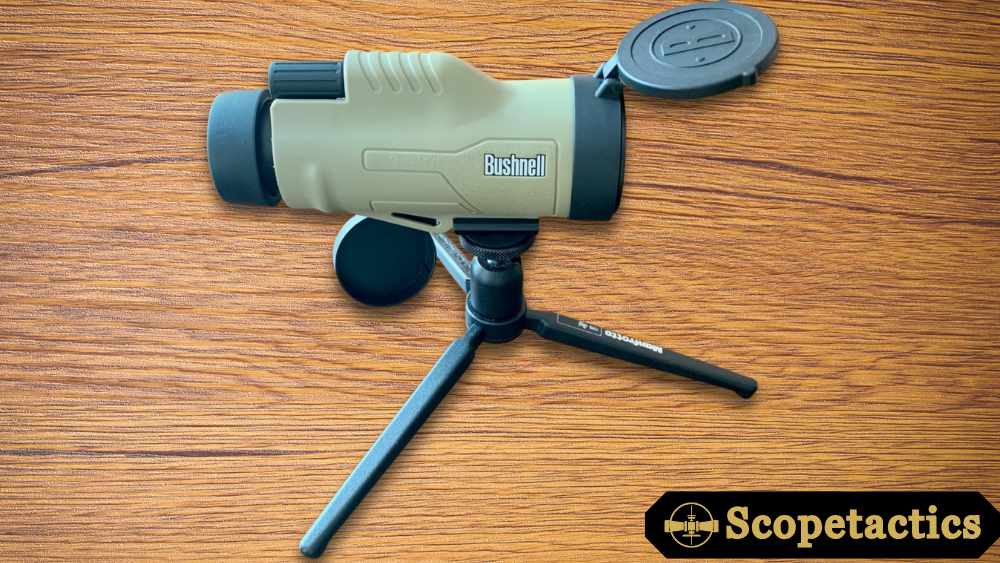
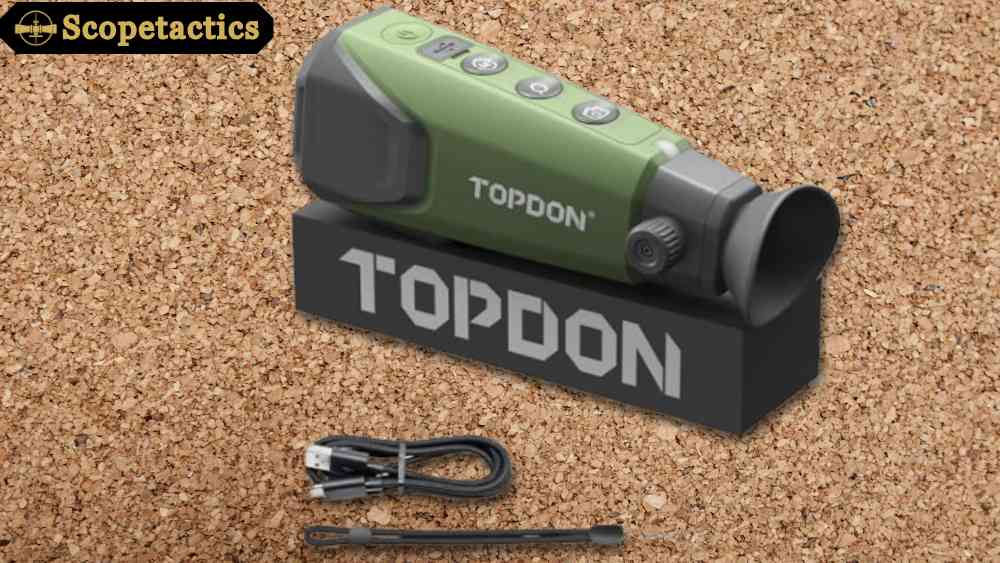
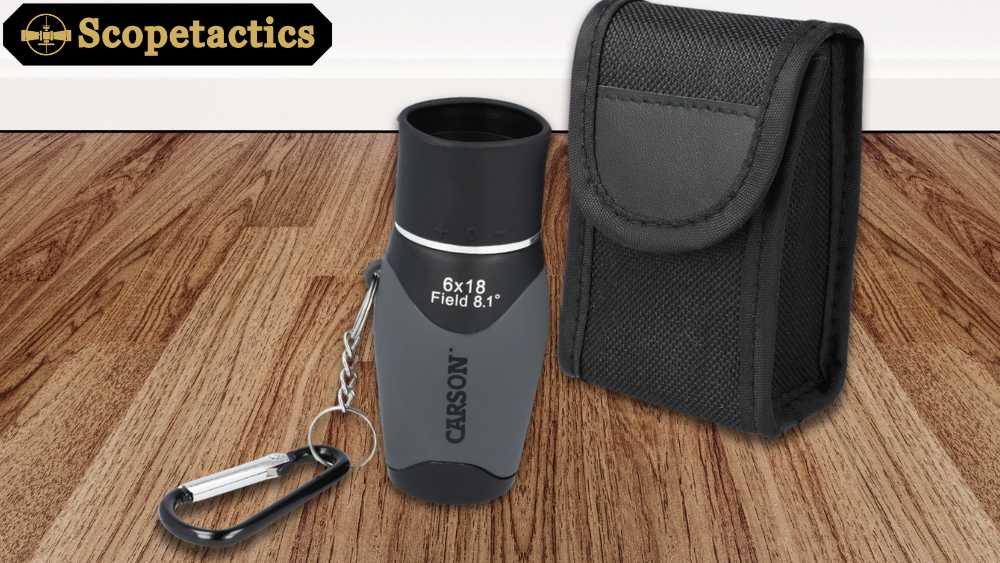
Leave a Reply